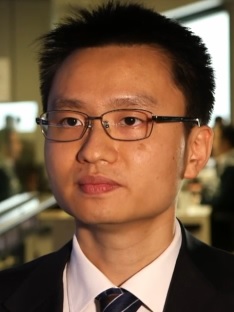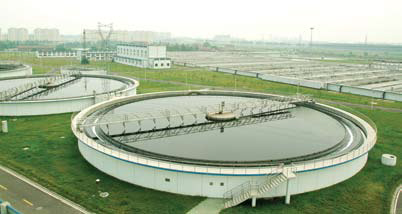Excerpts from analysts' report
HSBC analyst: Thomas Zhu
|
|
Proven track record
The Group’s management has a solid track record in ramping up capacities of SIIC through M&A. It has multiplied its capacity 5-fold from 1.0mtpd in 2010 to 5.4mtpd in 2014.
It completed the acquisition of Fudan Water in 1H15, adding water treatment capacity of 1.0mtpd. Apart from the acquisition of Fudan Water in 2015, SIIC Environment achieved the capacity growth target by winning Yiyang (Hunan) water supply project of 320ktpd, Dalian Quanshuihe (Liaoning) sewage water project of 105ktpd, Wuhan (Hubei) sewage project and Huizhou Meihu (Guangdong).
During the past three years, majority of water capacity addition came from M&A. The Group also increased the attributable water capacity by continuously increasing stakes in the subsidiaries. The company paid RMB108m in April 2015 to increase its stakes in Nanfang Water from 76% to 91%.
Going forward, SIIC Environment will grow its water capacity both from M&A and individually bid BOT/TOT projects.
 We like SIIC for its strong growth prospect with proven track record, conservative margin assumption for BOT construction booking, small proportion of earnings from construction and strong balance sheet. We like SIIC for its strong growth prospect with proven track record, conservative margin assumption for BOT construction booking, small proportion of earnings from construction and strong balance sheet.- Analyst Thomas Zhu (photo) |
Conservative construction earnings assumption
BOT construction revenue is a non-cash item and companies have discretion on the margin they want to assume. We believe that investors prefer companies assuming low margins for BOT construction. Among its peers, SIIC has the lowest BOT construction margin assumption of 15%, making its accounting more conservative than peers.
At the same time, SIIC generates higher proportion of earnings from operation which means SIIC’s earnings are better backed by real cash flow. SIIC’s earnings are less reliable on the non-cash BOT construction earnings.
Strong balance sheet and declining finance cost
SIIC has pretty strong balance sheet with net debt/equity of only 36% by 2014. There is ample room for the company to leverage up as we have seen peers leveraging up to as much as 110%. In 2014, SIIC issued 1.0bn new shares to raise S$158m, representing c12% of the existing share base. In 2013, the company raised S$263.5m by issuing 3.1new shares to six investors, including its parent, CIC and RRJ.
SIIC has relatively low financing cost among its environmental protection competitors. Besides its SOE background and Singapore listing, SIHL provides loans to SIIC at a preferential interest rate of c4.3%. The cost for individual project is c5-6%. The management expects SIIC’ financing cost would further decline.
Possible long-term growth opportunities
Shanghai Industrial Holdings Ltd. (0363 HK, SHIL), the parent company of SIIC Environment, has a 45% stake in General Water of China (GWC). As 1H15, GWC owns total water capacity of c6.0mtpd. GWC reported revenue of RMB897m and net profits of RMB87m in 1H15. SHIL’s stake in GWC generated net profits of RMB39m in 1H15, accounting for 26% of SIIC Environment’s 1H15 profits. Although management does not expect SHIL to inject the 45% in GWC into SIIC Environment in the near term due to its poorer profitability and relatively dim growth prospect, there is possibility that SHIL would inject this water asset into SIIC Environment in the long run when the profitability of GWC turns good.
SHIL also owns 16.8% of Longjiang Water besides SIIC Environment’s direct holding of 25% shares in Longjiang. As of 2014, Longjiang has water treatment capacity of c2.9mtpd. According to the management, Longjiang generated earnings of RMB70m in 2014. In 1H15, Longjiang contributed less than 5% of SIIC Environment’s net profits. If the company increases its shares in Longjiang, Longjiang will contribute to the company in a substantial way.
At our fair value target price, SIIC Environment would trade at PE of 23.4x in 2016e and 18.7x in 2017e. Our target price implies a PB of 1.8x in 2016e and 1.7x in 2017e.







